The manufacturing industry has been revolutionized by digital transformation, as it has boosted the smarter efficiency of the whole manufacturing
Every industry, organizations, and business consist of different types of projects that have to be managed efficiently to achieve growth
lInvestment banking is growing steadily as more people seek to make long-term investments and pursue other banking opportunities. Generally, investment
Why Agentic AI Is a Big Deal Imagine walking into a car factory in 2030. You’d probably see more humans
AI agents have addressed the areas that were the main issues for businesses from early on. Still, many businesses that
Picture boarding a cruise ship, where it feels like every moment is made just for you. This is the experience
The machinery manufacturing industry is becoming an integral part of the manufacturing sector, which is undergoing a period of evolution.
Travel guests today wish for smooth, personalized experiences that harmonize with what they want, what they can pay and when
Logistics operations are crucial to improving the whole supply chain for businesses. Digital transformation has significantly improved the way logistics
Address: Tower-C,324-327,3rd, Floor,Logix Cyber Park, Sector 62, Noida, Uttar Pradesh-201309



Completed Projects
Global Customers
On-Time delivery Projects
Industries Served